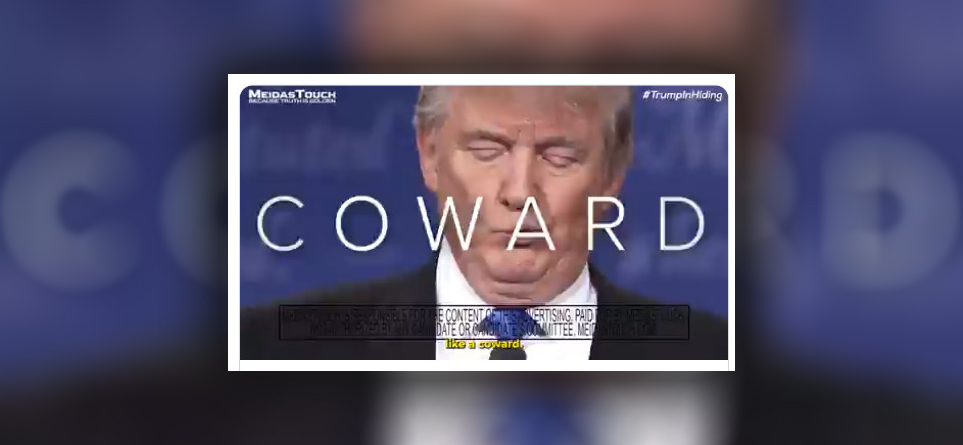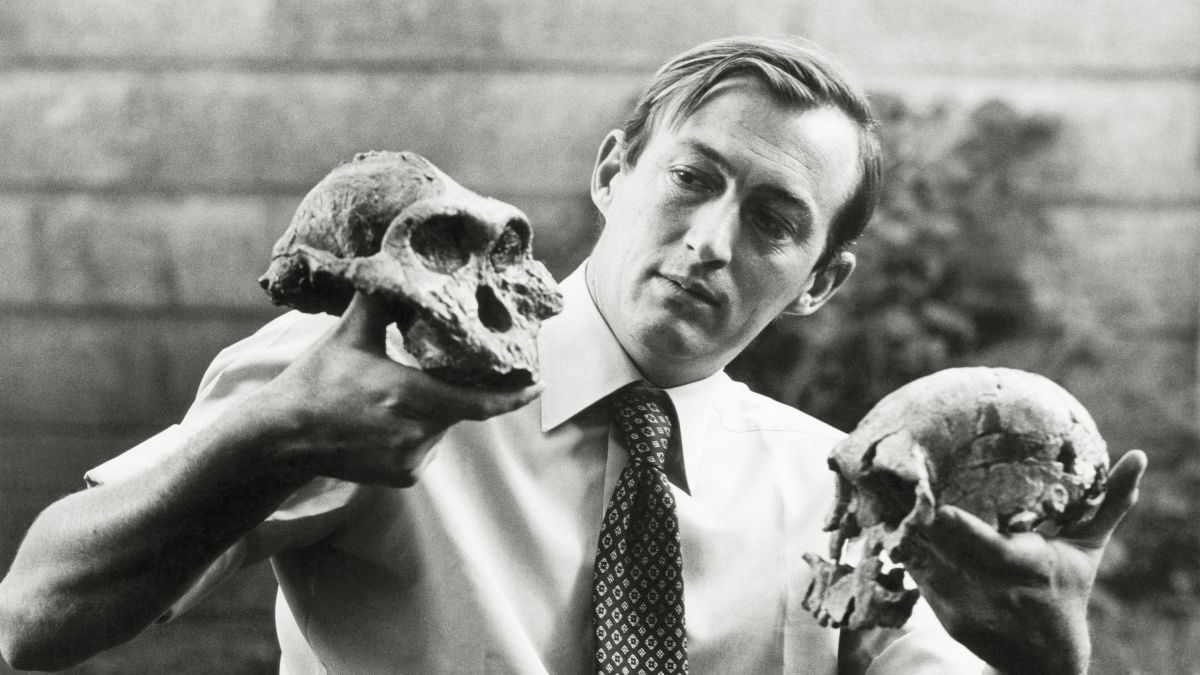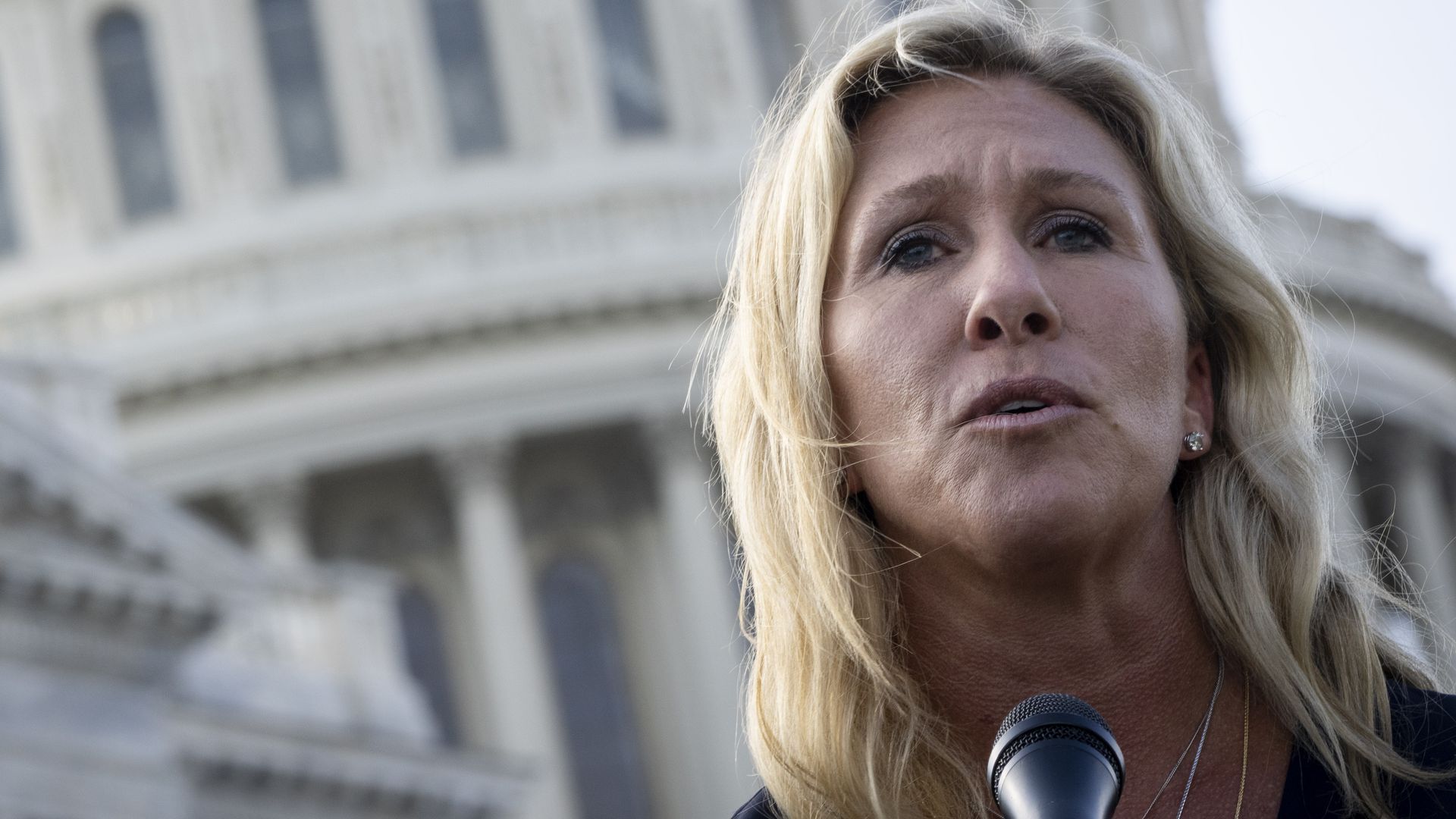
Lawrence N. Brooks
Dear Commons Community,
Lawrence N. Brooks, the oldest World War II veteran in the U.S. — and believed to be the oldest man in the country — died on Wednesday at the age of 112.
His death was announced by the National WWII Museum and confirmed by his daughter.
Most African Americans serving in the segregated U.S. armed forces at the beginning of World War II were assigned to noncombat units and relegated to service duties, such as supply, maintenance and transportation, said Col. Pete Crean, vice president of education and access at the museum in New Orleans. As reported by the Associated Press.
“The reason for that was outright racism — there’s no other way to characterize it,” Crean said.
But Brooks, born on Sept. 12, 1909, was known for his good-natured sense of humor, positivity and kindness. When asked for his secret to a long life, he often said, “serving God and being nice to people.”
“I don’t have no hard feelings toward nobody,” he said during a 2014 oral history interview with the museum. “I just want everything to be lovely, to come out right. I want people to have fun and enjoy themselves — be happy and not sad.”
On sunny days, Brooks was known for sitting on the front porch of the double shotgun house he shared with daughter Vanessa Brooks in the Central City neighborhood of New Orleans. Neighbors would call out to the local celebrity, wave and bring him soda and snacks.
Brooks was passionate about the New Orleans Saints football team and never missed a game, his daughter said. His church, St. Luke’s Episcopal, was also close to his heart and he never missed a Sunday service until the coronavirus pandemic hit.
Originally from Norwood, Louisiana, near Baton Rouge, Brooks’ family moved to the Mississippi Delta when he was an infant. He was one of 15 children, and lived too far from the nearest school, so his parents taught him what they could at home.
Brooks was working at a sawmill when he was drafted into the U.S. Army in 1940. After Japan’s attack on Pearl Harbor, he was assigned to the mostly Black 91st Engineer General Service Regiment stationed in Australia.
Later in the war, troop losses virtually forced the military to begin placing more African American troops into combat positions. In 1941, fewer than 4,000 African Americans were serving in the military. By 1945, that number increased to more than 1.2 million.
The 91st, where Brooks served, was an Army unit that built bridges, roads and airstrips for planes. Brooks was assigned as a caretaker to three white officers. His job was to cook, drive and take care of their clothes.
President Joe Biden on Wednesday posted a video on Twitter of him calling Brooks to wish him a happy Veterans Day last year.
“He was truly the best of America,” Biden tweeted.
In the Veterans Day video, Biden thanked Brooks’ daughter Vanessa for taking such good care of him.
“What people don’t realize — you look at your dad and think of all of the African American men who fought — and some who died — in World War II and never got credit,” he said.
Brooks did not often speak publicly about the discrimination he and other Black soldiers faced in the war, or the discrimination his family faced in the Jim Crow Deep South, his daughter said.
Crean, who got to know Brooks and his family through his work at the museum, said Brooks did talk about noticing how much better he was treated as a Black man in Australia compared with the U.S. But Brooks told Crean thinking about it would make him angry, so he tried not to. During his oral history interview, Brooks said the officers he cared for treated him well and he considered himself fortunate not to have to fight in combat.
“I got lucky. I was saying to myself, ‘If I’m going to be shooting at somebody, somebody’s going to be shooting at me and he might get lucky and hit,’” he said.
He often told the story about a time when he was a passenger in a C-47 aircraft delivering a load of barbed wire to the front when one of the transport plane’s engines went out.
After they dumped the cargo to conserve weight, he made his way to the cockpit. He told the pilot and co-pilot that since they were the only two with parachutes, if they had to jump for it, he was going to grab on to one of them.
“We made it, though,” he said during the 2014 oral history interview, laughing. “We had a big laugh about that.”
Despite not being in combat, Brooks did experience enemy fire during the war. He said the Japanese would sometimes bomb Owen Island, where he worked. He said he learned to tell the difference between the sounds of Japanese, American and German planes approaching.
“We’d be running like crazy, trying to hide,” he said. They had to dig foxholes to protect themselves.
He was discharged from the Army in August 1945 as a private first class.
When he returned from service, he worked as a forklift driver until retiring in his 60s. He has five children, five stepchildren, and dozens of grandchildren and great-grandchildren. He lost his wife, Leona, shortly after Hurricane Katrina.
That 2005 disaster destroyed his home. Then in his late 90s, he was evacuated from his home’s roof via helicopter. His daughter described him as “resilient.”
“He’s been through a lot. He’s real tough, and that’s one thing I learned from him. If nothing else, he instilled in me, ‘Do your best and whatever you can’t do, it don’t make no sense to worry about it,’” she told the AP. “I think that’s why he has lived as long as he has.”
Starting with his 105th birthday, the museum began throwing him annual birthday parties. His favorite part of the celebration was watching the Victory Belles, a trio performing the music of the 1940s. During the coronavirus pandemic in 2020 and 2021, the museum organized a parade in front of his home with brass bands and Krewe of Zulu warriors in full regalia.
“Even at 112, Mr. Brooks stood up for a little bit and danced,” Crean said.
Mr. Brooks was an honored member of America’s greatest generation!
May he rest in peace!
Tony











